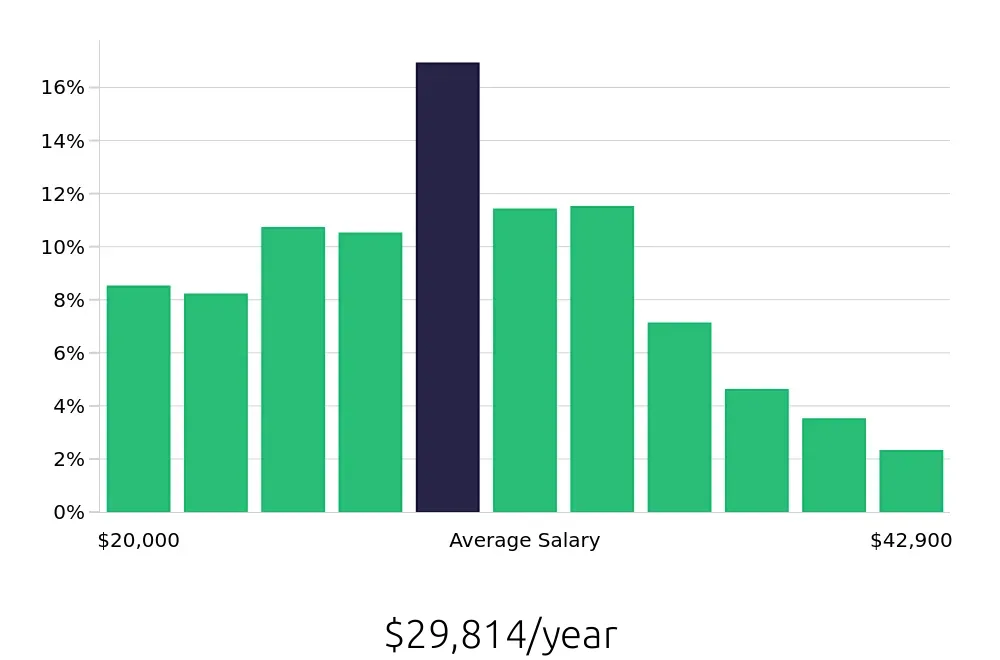Position
Overview
A cashier is a key role in retail and service industries. This position involves handling customer transactions. Cashiers greet customers and process payments using cash, credit cards, or other payment methods. They also provide receipts and assist with bagging purchases. Cashiers must be accurate and efficient to ensure a smooth checkout experience.
Cashiers often work in busy environments. They need strong communication skills to interact with customers. Attention to detail is crucial to prevent errors in transactions. Cashiers also handle customer inquiries and complaints. They may assist with inventory management and restocking shelves. This role requires a friendly demeanor and the ability to work well under pressure. Cashiers play a vital role in providing excellent customer service and ensuring a positive shopping experience.
Becoming a cashier is a straightforward process that opens doors to various employment opportunities. This role is ideal for those who enjoy interacting with people and handling money. A cashier's duties include processing payments, providing receipts, and assisting customers with inquiries. To start this career, follow these essential steps:
Starting as a cashier can lead to various career paths. With experience, you can advance to roles like a retail manager or a customer service supervisor. This career offers flexibility and the opportunity to work in different environments. By following these steps, anyone can embark on a successful career as a cashier.
The journey to becoming a cashier can vary. Most cashiers complete a short training program. This program usually lasts a few weeks. During this time, cashiers learn to use cash registers and handle transactions. Some employers offer on-the-job training. This can last a few days to a couple of weeks. Cashiers also learn about customer service and basic math skills.
Experience plays a role in the timeline. Cashiers with prior experience in retail or customer service may find it easier to get hired. They may also need less training. Those without prior experience might take a bit longer to get up to speed. However, most cashiers can start working within a few weeks of training. With time and practice, cashiers can become very skilled at their job. This can lead to more opportunities and even higher positions in the retail industry.
We are seeking a detail-oriented and customer-focused Cashier to join our team. The ideal candidate will be responsible for handling cash transactions, providing excellent customer service, and ensuring the accuracy of financial transactions.
Responsibilities:
Qualifications
Working as a cashier offers a straightforward entry into the workforce. This role involves handling transactions, providing customer service, and managing cash registers. It serves as a foundational position in retail and hospitality industries. Cashiers interact with customers daily, making it a role that requires good communication skills and attention to detail.
The job provides a stable environment with predictable hours, which can be ideal for those seeking a reliable work schedule. However, it may not offer the same level of advancement as some other positions. Despite this, cashiers can gain valuable experience in customer service and financial management, which can be beneficial for future career opportunities. The role also demands a high level of accuracy and efficiency, as errors can lead to financial discrepancies.
Consider these pros and cons before pursuing a career as a cashier:
The job outlook for cashiers shows a steady demand in the job market. The Bureau of Labor Statistics (BLS) reports an average of 581,200 job positions per year. This indicates a consistent need for cashiers across various industries. Job seekers can find numerous opportunities in retail, grocery stores, restaurants, and other businesses that require point-of-sale operations.
Despite a projected percent change of -10.4% in job openings from 2022 to 2032, the role of cashiers remains vital. Automation and self-checkout systems may reduce the number of positions, but the need for customer service and in-person assistance persists. This means that skilled cashiers will continue to be in demand, especially in roles that require human interaction and problem-solving.
Cashiers can expect an average national annual compensation of $30,750, according to the BLS. On an hourly basis, the average compensation stands at $14.78. These figures reflect the importance of cashiers in the retail and service sectors. With the right skills and experience, job seekers can look forward to a stable career with opportunities for growth and advancement.
